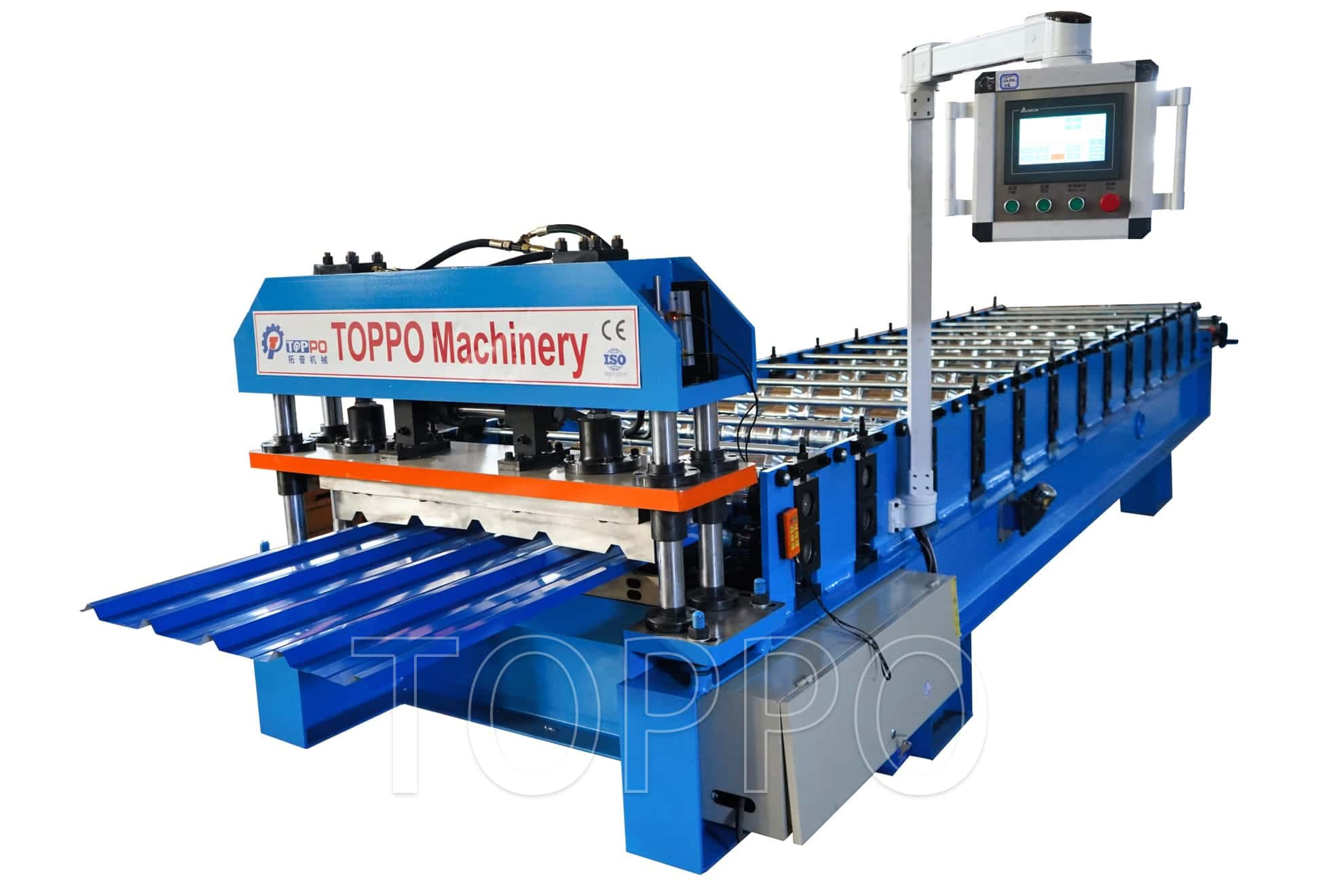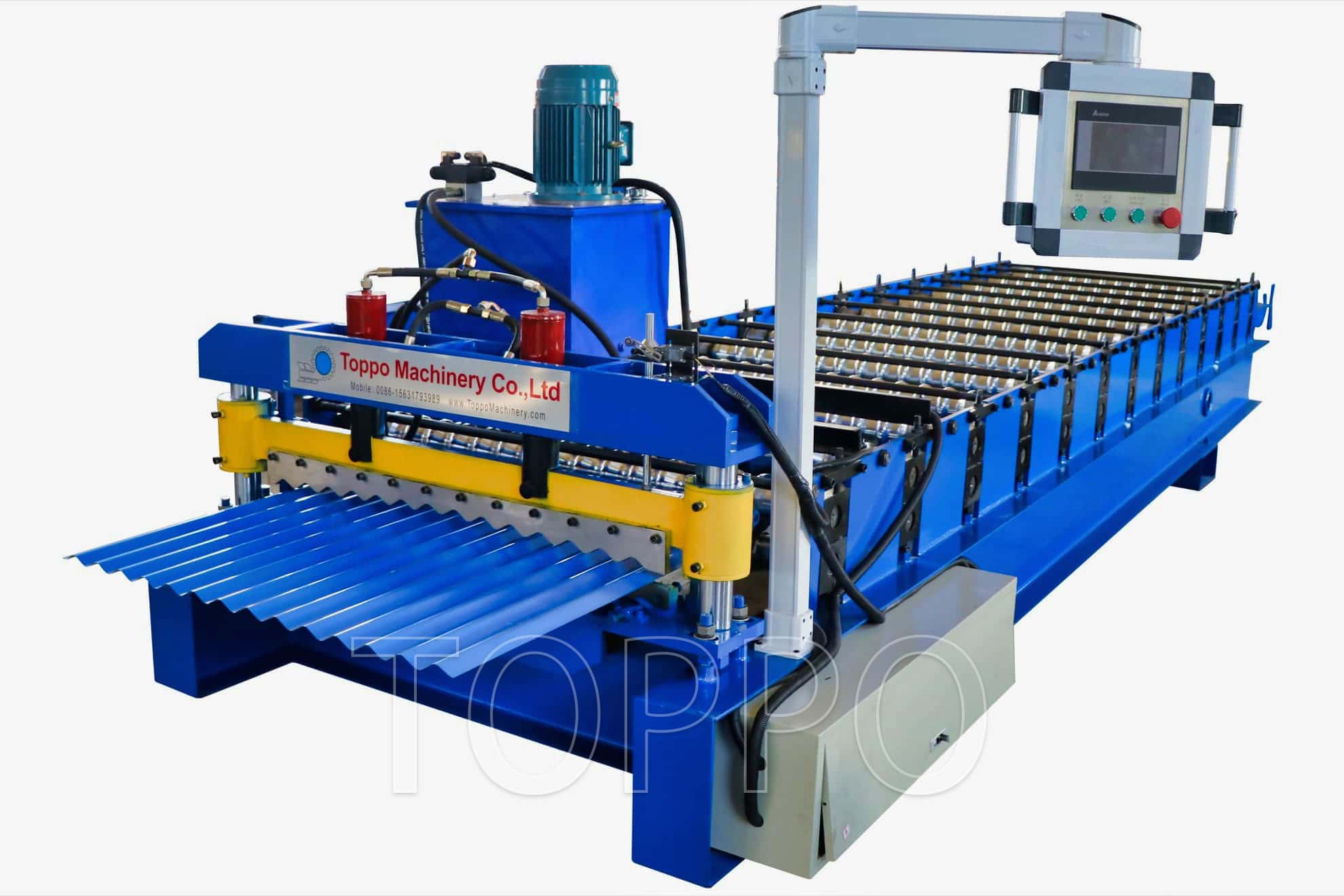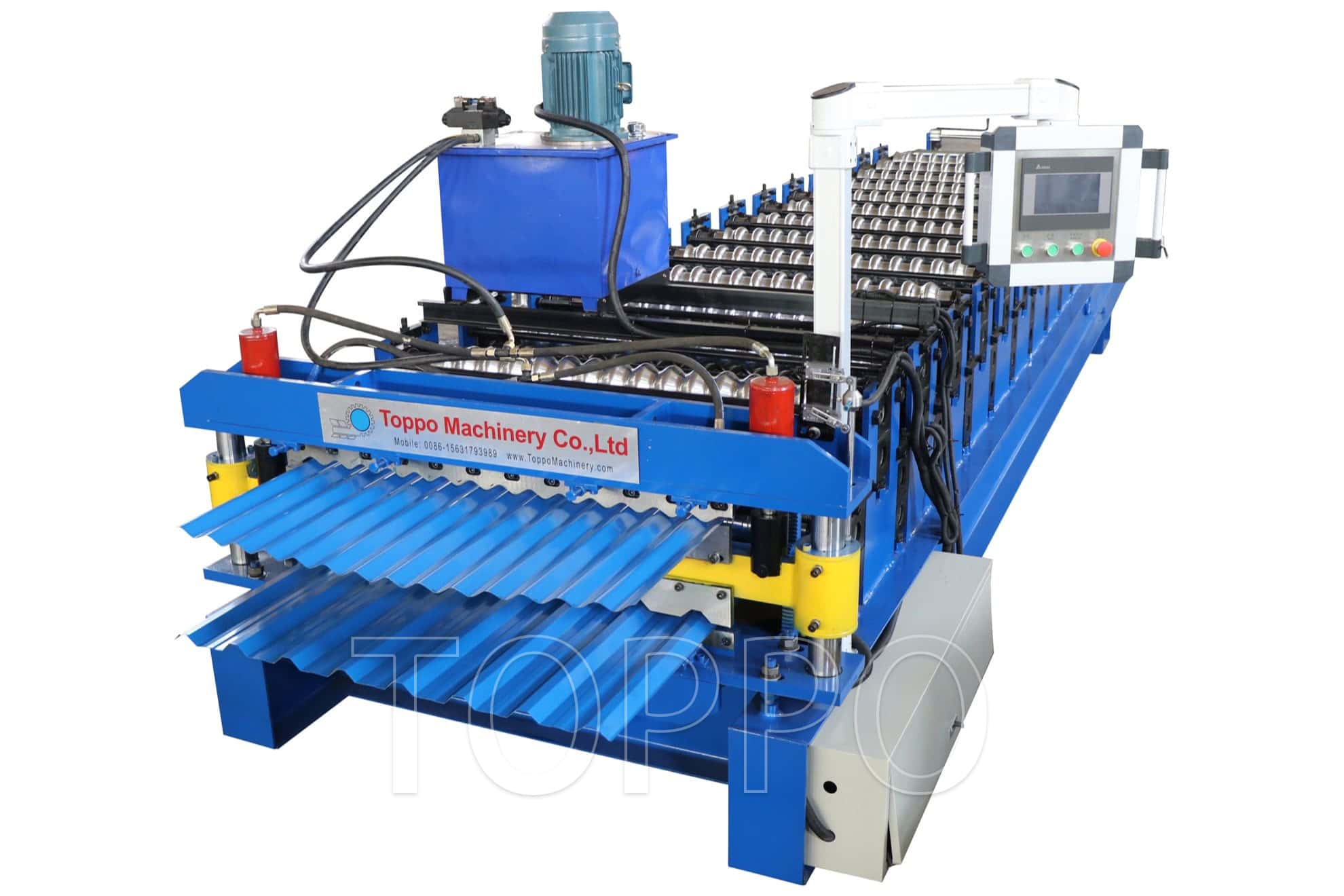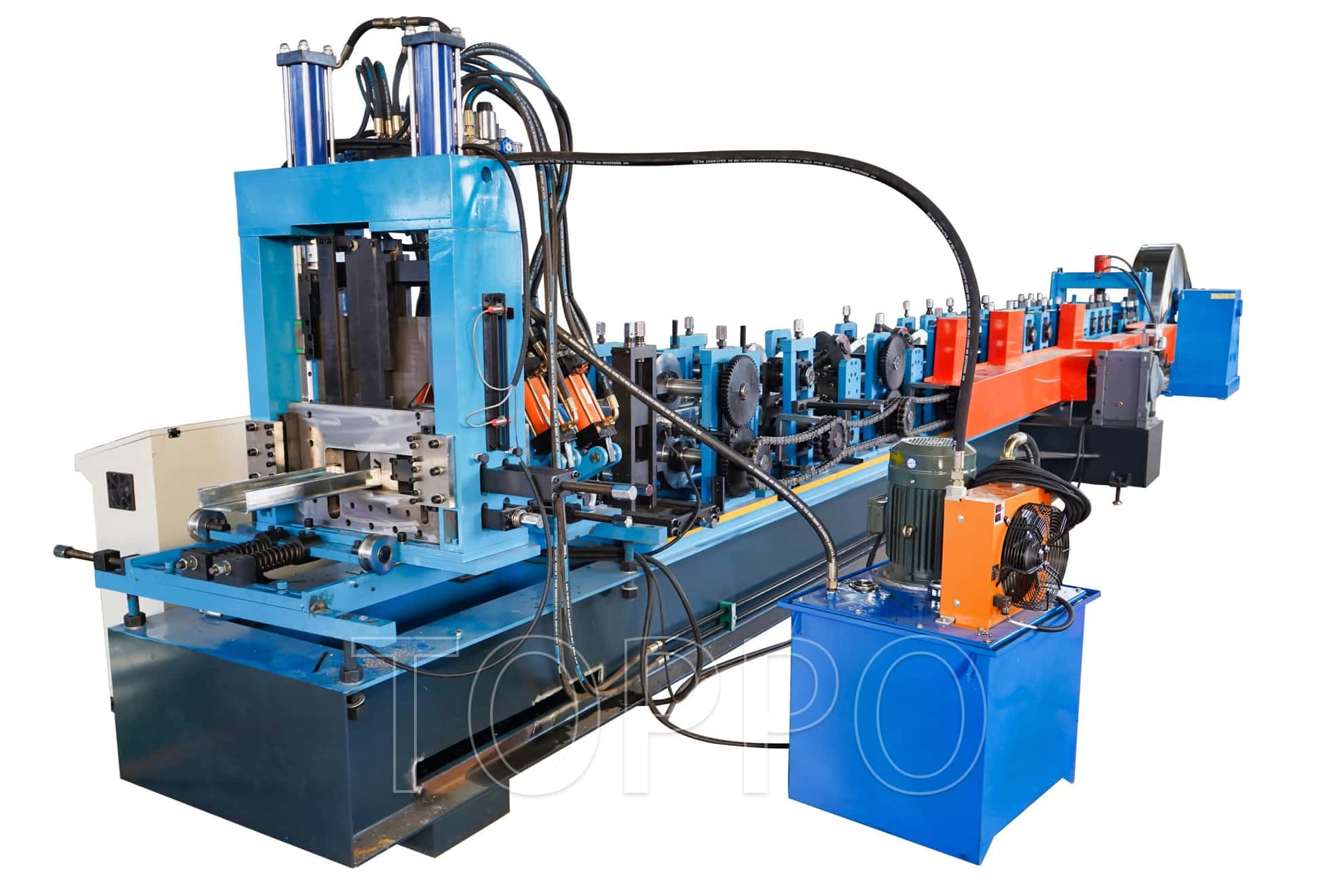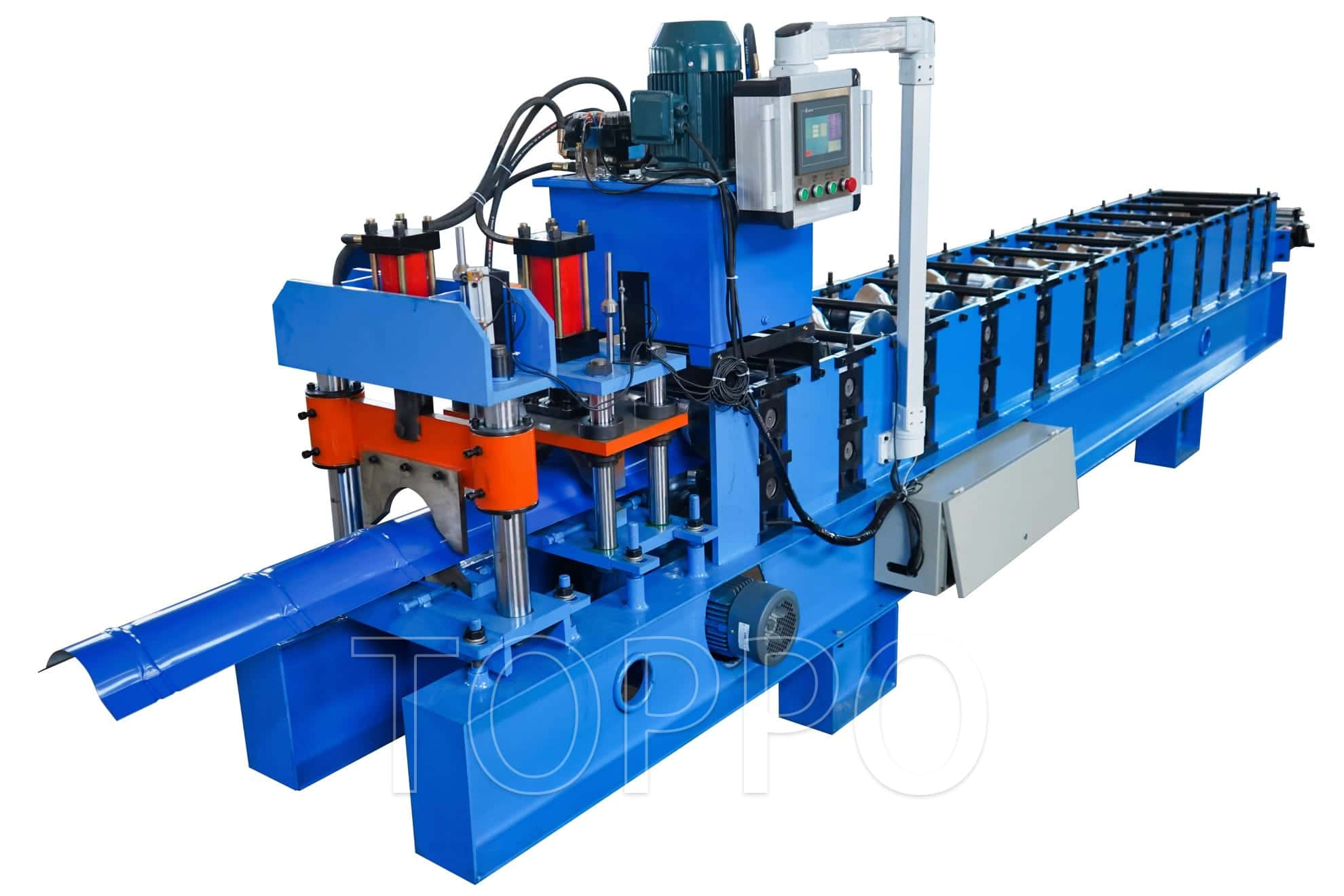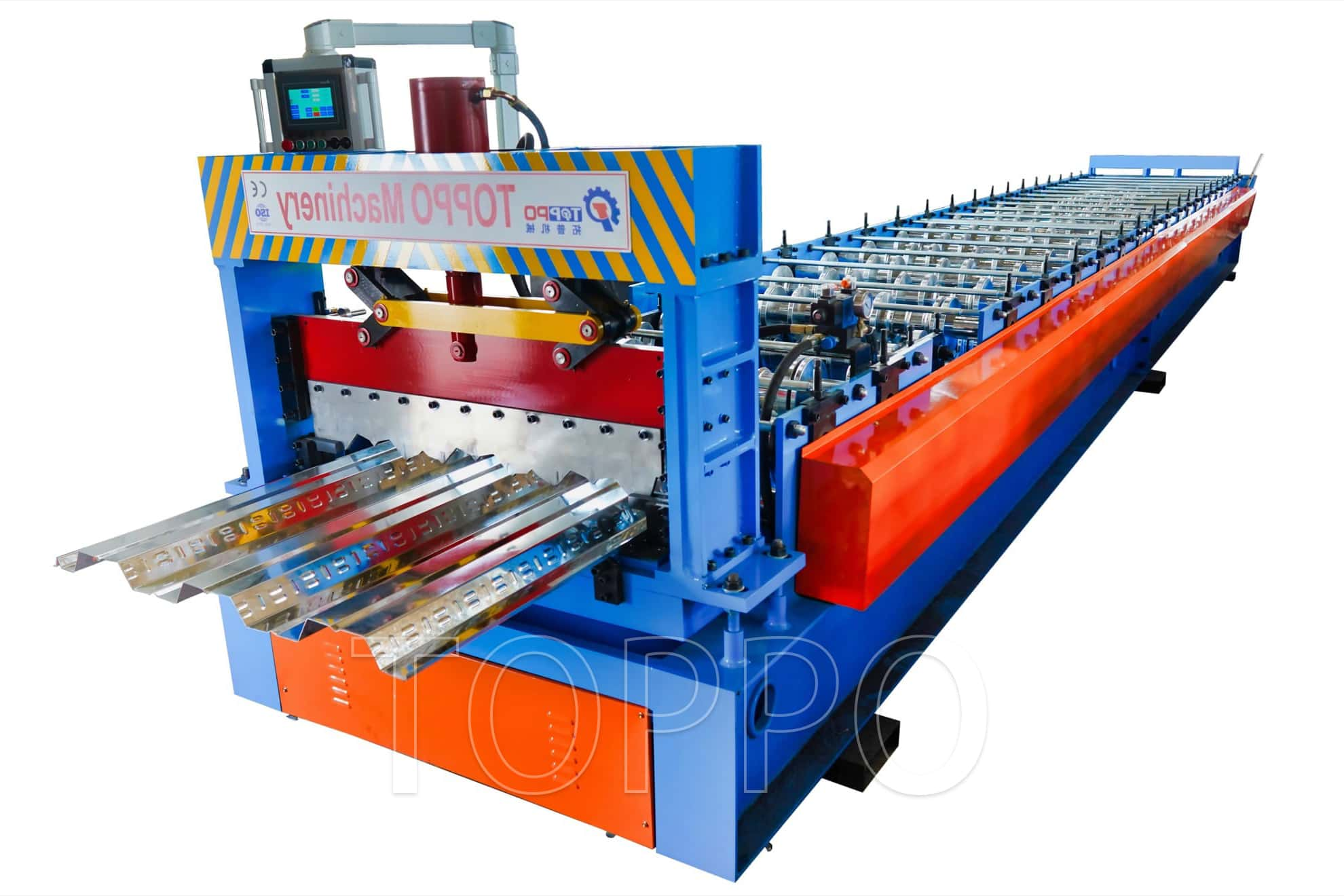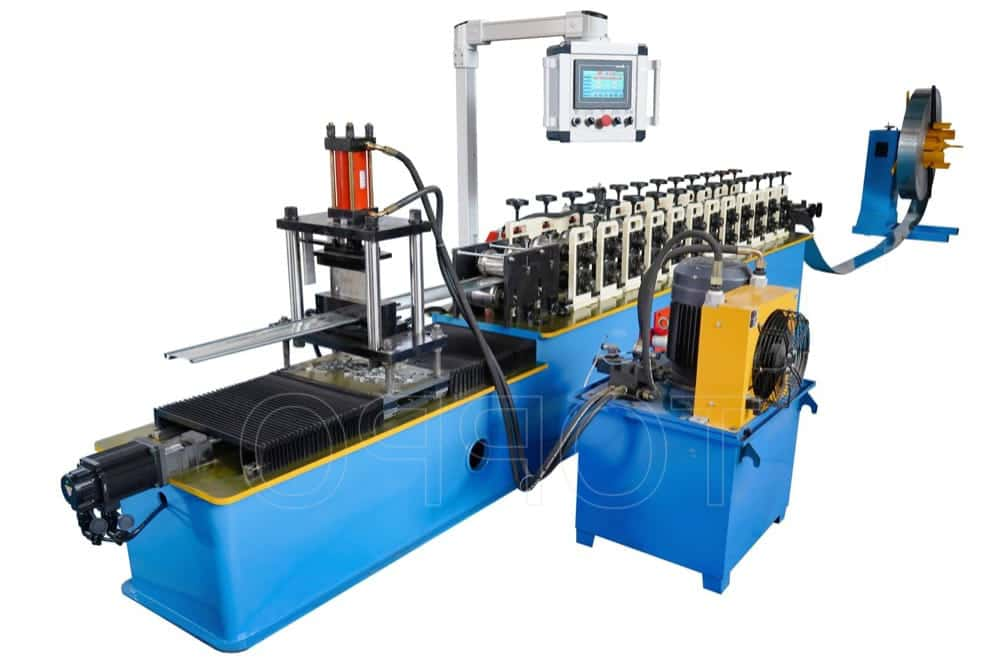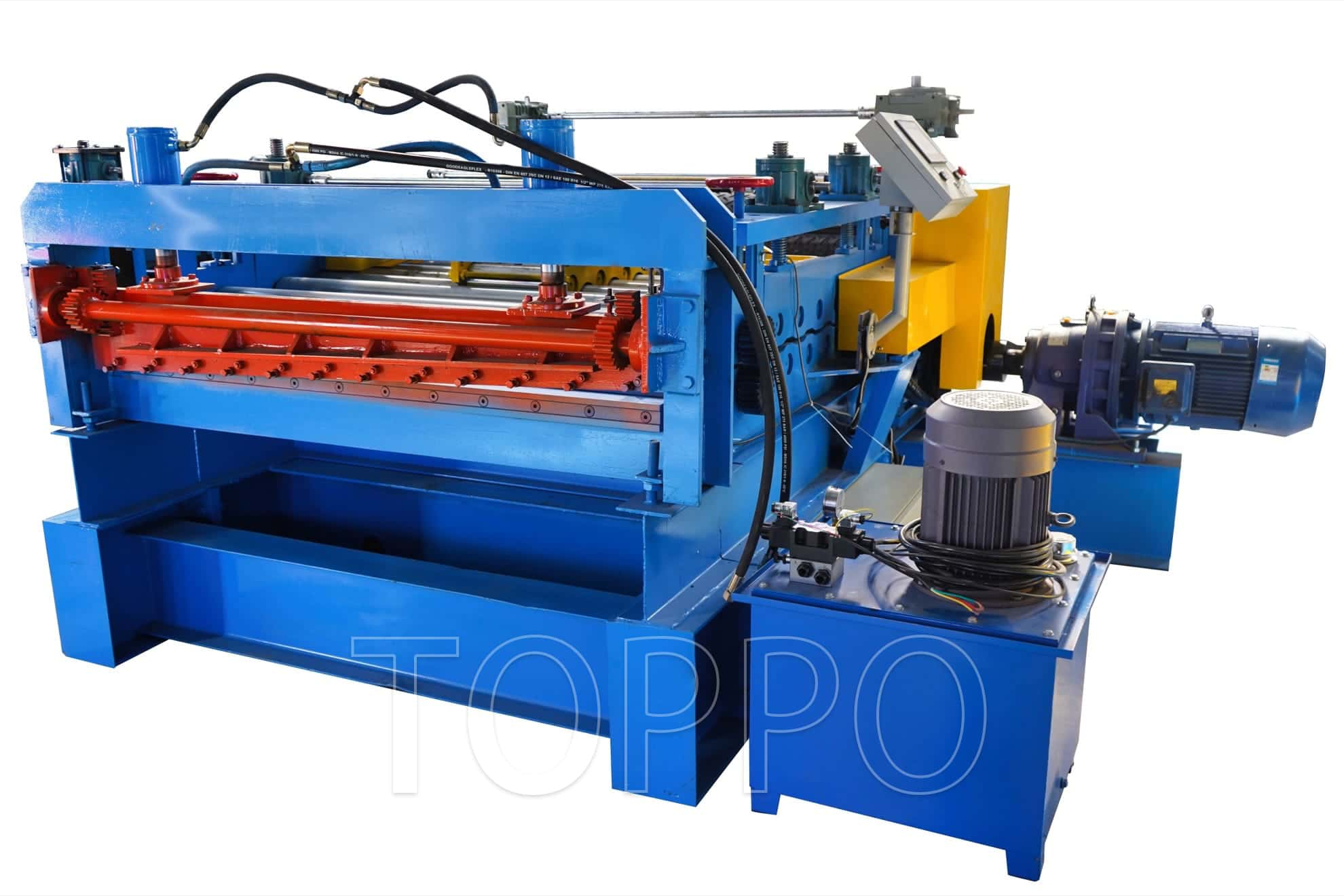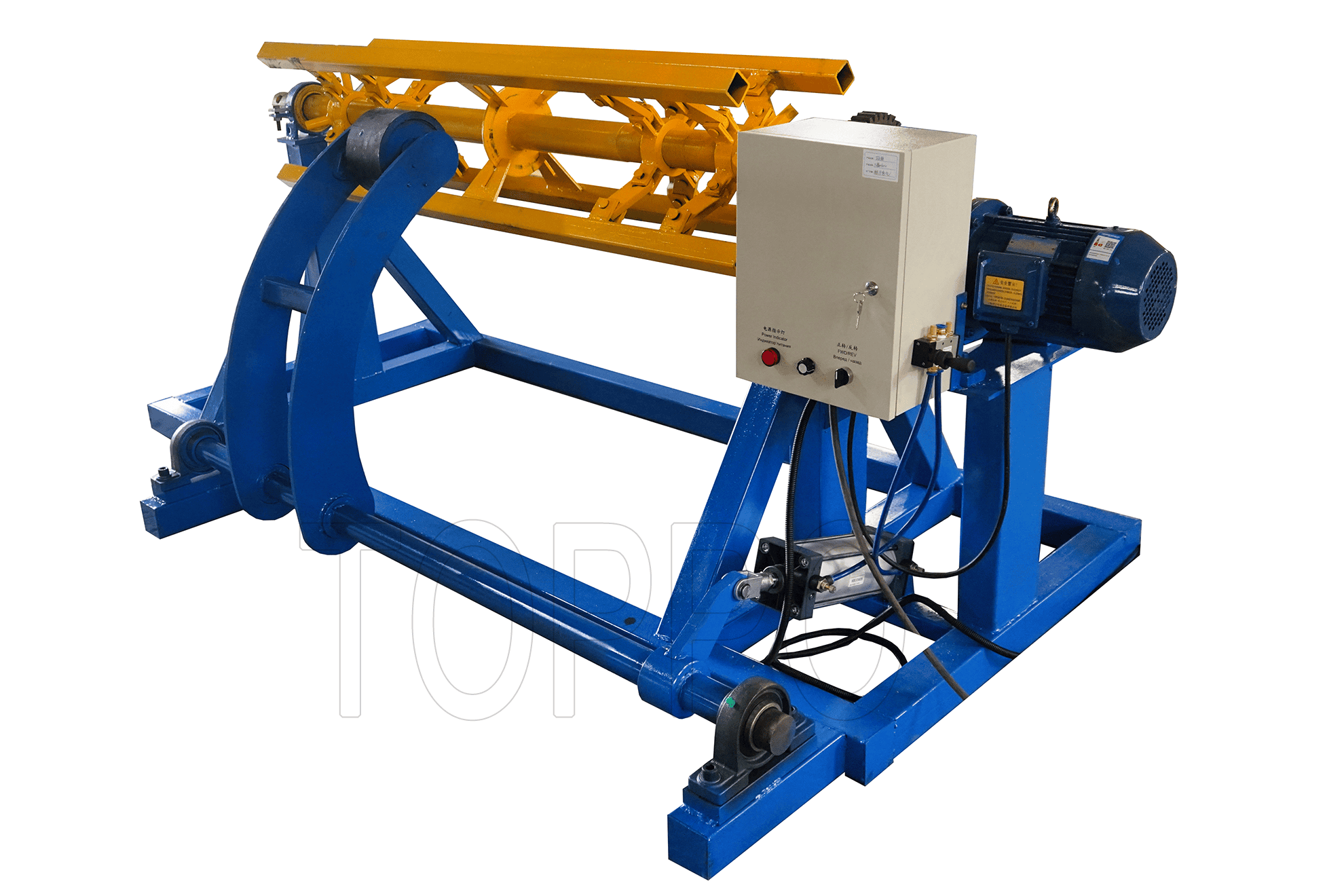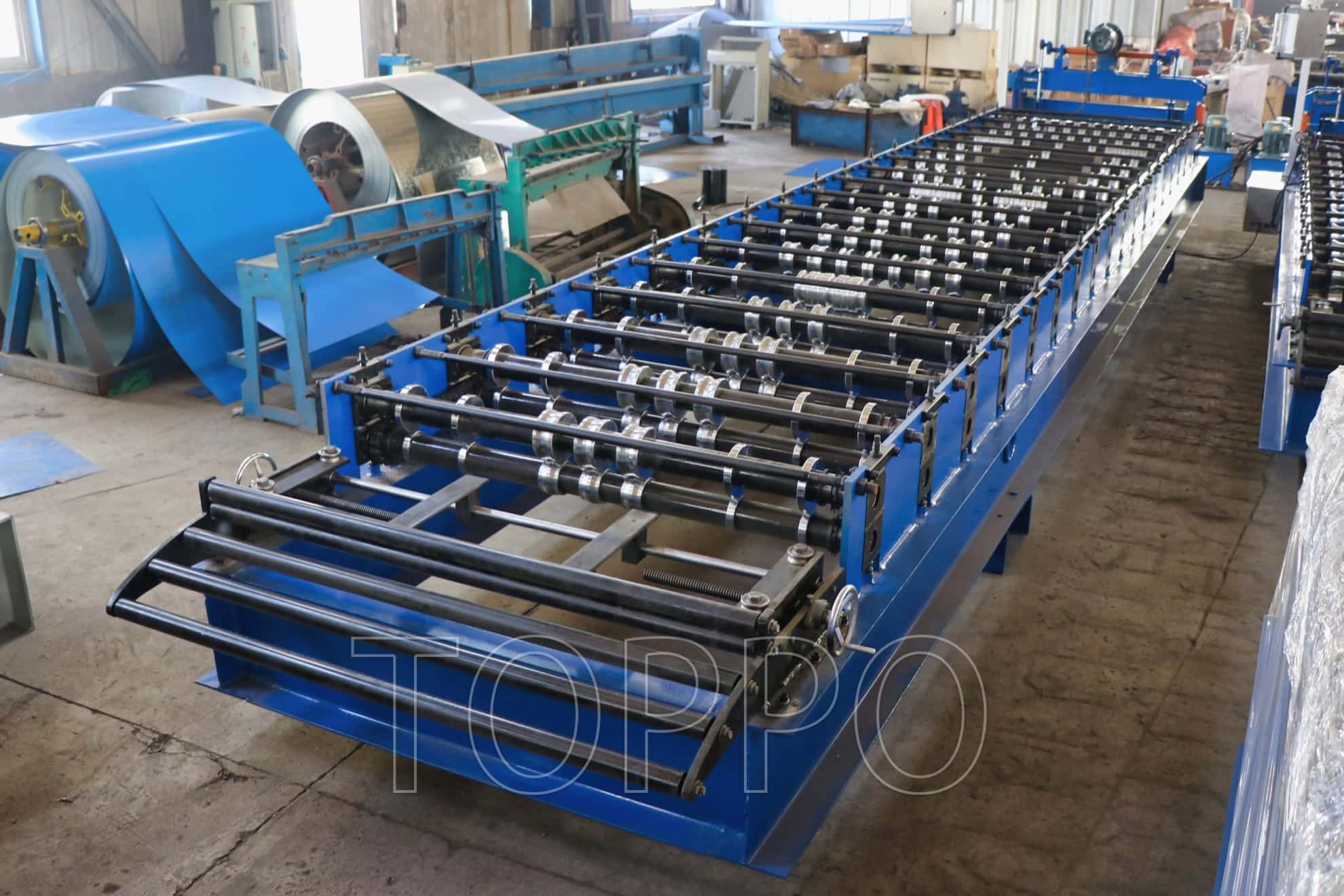- Trapezoidal Machine
- Corrugated Machine
- Glazed Tile Machine
- Double Layer Machine
- CZU Purlin Machine
- Ridge Cap Machine
- Floor Decking Machine
- Rolling Door Machine
- Fence Machine
- Embossing Machine
- Standing Seam Machine
- Cut To Length And Slitting Line
- Guard Rail Machine
- Decoiler And Stacker
- Stud And Track Machine
- Gutter And DownPipe
- Curving Machine
- Cladding Panel Machine
- Corollary Equipment
How to Troubleshoot Common Roll Forming Machine Issues
Roll forming machines, such as the TR4 color steel metal roof trapezoidal roll forming machine, are crucial to producing high-quality roofing panels. However, like all machines, they can experience issues that impact production efficiency and panel quality. In this article, we will discuss the most common roll forming machine problems, how to troubleshoot them, and how to ensure smooth and consistent production, with tips on maintaining the roof panel making machine as well.
Step 1: Misalignment of Roll Forming Parts
Misalignment is one of the most common issues with roll forming machines. If the rollers are not aligned properly, they will produce distorted panels that do not meet size and shape requirements. Misalignment can occur due to worn-out parts or improper calibration. To resolve this, it’s important to regularly check the alignment of the machine. Ensure that all rollers and guides are properly calibrated and aligned before starting production. Also, maintain the machine parts to avoid wear and tear that could lead to misalignment.
Step 2: Feeding Issues
Feeding problems, such as inconsistent material feeding, can result in panels with uneven thickness or unwanted distortion. This can be caused by a malfunctioning feed roller, incorrect material alignment, or improper tension control. To fix this, ensure that the material is feeding smoothly into the machine and that there are no obstructions. Adjust the material tension control, and check the feed rollers for wear and tear. Additionally, incorporating the roof panel making machine can help with smoother material handling, reducing the chances of feeding issues.
Step 3: Overheating and Insufficient Lubrication
Overheating of the machine’s internal components is another common problem. Overheating can cause the machine to malfunction, and it is often caused by insufficient lubrication or overuse of the machine. To address this issue, ensure that all parts are properly lubricated according to the manufacturer’s guidelines. Regularly lubricating moving parts such as the rollers and bearings will prevent excessive friction and reduce the likelihood of overheating. Additionally, scheduling breaks to let the machine cool down is crucial for maintaining efficient performance.
Step 4: Machine Wear and Tear
Wear and tear on machine components, such as feed rollers or the machine’s drive system, can lead to performance issues and poor-quality panels. To fix this, perform regular maintenance on all parts of the TR4 color steel metal roof trapezoidal roll forming machine. Replace worn-out components promptly, especially the feed rollers, bearings, and cutting parts. Regular inspections and timely replacements will prevent major breakdowns and ensure smooth operation.
Step 5: Case Study – Solving Roll Forming Machine Problems
A roofing manufacturer in Brazil faced consistent misalignment and overheating issues with their TR4 color steel metal roof trapezoidal roll forming machine. After investigating, they found that improper lubrication and worn feed rollers were causing the issues. They fixed the misalignment by recalibrating the machine and replaced the worn parts. The company then implemented a regular lubrication schedule and machine maintenance plan. As a result, they saw a 30% reduction in production downtime and improved the overall quality of the panels.
Conclusion
Common issues with roll forming machines, such as misalignment, feeding problems, overheating, and wear, can significantly impact production efficiency and product quality. However, with regular maintenance, proper lubrication, timely part replacements, and machine calibration, manufacturers can avoid or quickly resolve these issues. The TR4 color steel metal roof trapezoidal roll forming machine, when maintained properly, can operate efficiently and produce high-quality roofing panels. Incorporating a roof panel making machine further enhances production capabilities and reduces the likelihood of machine issues.
READ MORE:



